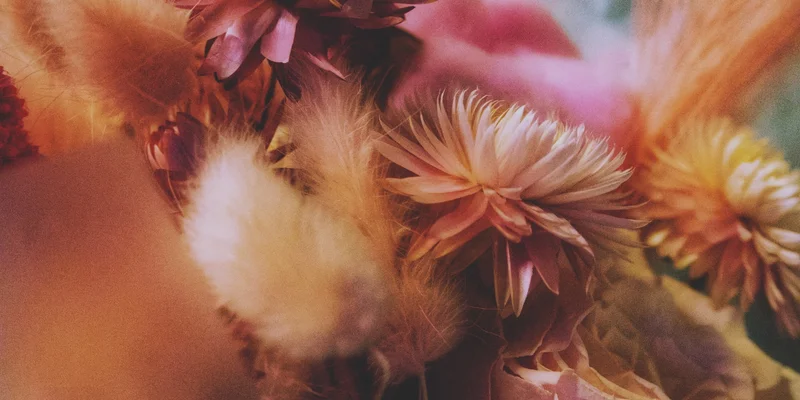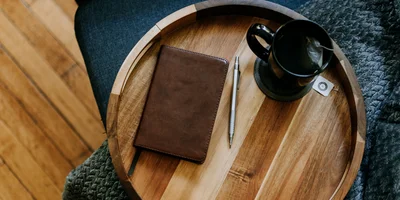Squiggle link hover effect

One of the tiniest details I see people get creative with is the hover effect on links. One of the most whimsical effects I've seen is the squiggle effect. It's a simple yet effective way to make your links stand out and give them a playful touch, making the experience more memorable.
See the embedded CodePen
The SVG image
The technique once again hinges on the use of SVG images in CSS. This time around we're going to use them as the background-image of the link. The SVG will contain a squiggly path that we'll animate to create the squiggle effect. The animation will be a simple translation of the path along the x-axis, creating the illusion of a squiggle.
As we'll have to data encode our SVG, here's what it looks like in plain text:
<svg xmlns='http://www.w3.org/2000/svg' viewBox='0 0 20 4'> <style type='text/css'> .squiggle { animation: shift .3s linear infinite; } @keyframes shift { from { transform: translateX(0); } to { transform: translateX(-15px); } } </style> <path fill='none' stroke='#0087ca' stroke-width='2' class='squiggle' d='M0,3.5 c 5,0,5,-3,10,-3 s 5,3,10,3 c 5,0,5,-3,10,-3 s 5,3,10,3' /> </svg>
Putting it to use
As mentioned already, we'll use background-image with the url() function to animate the :hover state of the link. The SVG will be data encoded in the URL, and we'll set the background-size to auto 4px to ensure the squiggle path is visible.
However, we'll have to create a repeating background for the link to make the squiggle effect work. We'll use a linear-gradient() with a background-size of 2px 2px to create a repeating pattern. The background-position will be set to 0 100% to ensure the gradient starts at the bottom of the link.
This way, when not hovered, the link will technically use the gradient as its background-image. When hovered, the SVG will replace the gradient, creating the squiggle effect.
<p>The <a class="squiggle" href="#">magnificent octopus</a> swam along gracefully.</p>
a.squiggle { background-image: linear-gradient(to bottom, #0087ca 0%, #0087ca 100%); background-position: 0 100%; background-repeat: repeat-x; background-size: 2px 2px; color: inherit; text-decoration: none; } a.squiggle:hover { background-image: url("data:image/svg+xml;charset=utf8,%3Csvg xmlns='http://www.w3.org/2000/svg' viewBox='0 0 20 4'%3E%3Cstyle type='text/css'%3E.squiggle{animation:shift .3s linear infinite;}@keyframes shift {from {transform:translateX(0);}to {transform:translateX(-15px);}}%3C/style%3E%3Cpath fill='none' stroke='%230087ca' stroke-width='2' class='squiggle' d='M0,3.5 c 5,0,5,-3,10,-3 s 5,3,10,3 c 5,0,5,-3,10,-3 s 5,3,10,3'/%3E%3C/svg%3E"); background-size: auto 4px; }



